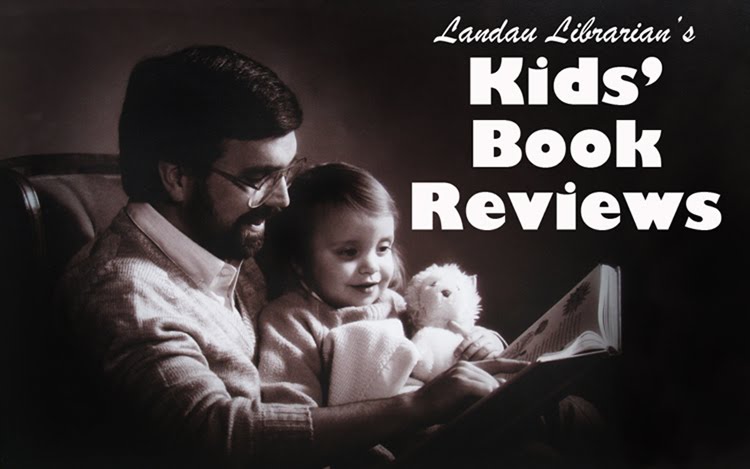
A review by Bill Landau
Yolen, Jane, and Peters, Andrew Fusek. Here’s a Little Poem: A Very First Book of Poetry. Illustrated by Polly Dunbar. Cambridge, MA: Candlewick, 2007.
Close your appointment book. Turn off your computer and power down your cell phone. Set aside 15 minutes and slip into this book for a reminder of what life was like as a toddler. Yolen and Peters have assembled a wonderful collection of poems from a range of talented writers, capturing the daily simple pleasures that are easy to forget as an adult. From piggy back rides to holding on tight on windy days, this perceptive collection is a great way to recall how spectacularly intense and joyful a very young child’s life can be.
While Mother Goose rhymes definitely serve a purpose and will always hold an important place in the canon of early childhood literature, the poems assembled in this book are “real” to toddlers because each page contains a subject they can relate to. This book is filled with relatable topics like jelly toast, jumping into bed, how rough a cat’s tongue feels and the exhilaration of jumping high. These are daily routines that most youngsters have experience with so it makes the collection pertinent to their lives.
The book is arranged thoughtfully with the first section featuring poems about “me, myself and I”, followed by rhymes about people who live in their house. The third section highlights activities to enjoy outside, and the final section deals with poems about bedtime. Yolen and Peters provide a chronological list of poems by section as well as an alphabetical list of poets. It would have been a nice touch to have an alphabetical listing of poems or an index of first lines of the poems for quick searching.
While the 61 poems that make up this collection are impressive in their own right, design and illustration can often make or break the final product. In this case, the illustrations by Polly Dunbar elevate this collection to a whole new level. While some publishers are happy enough with a poem printed on one page and an illustration on the opposite page, Dunbar and the designers merged the poem and the illustration into one unit. There were no happy accidents in the layout of this book. The reader can easily see each page was skillfully planned with illustrations surrounding the text in an easy-to-read flow. The font, a relatively obscure typestyle called Kosmik, is generously sized, playful is style, yet easy to read.
But be warned—this is not a book you want to sit and read quietly by yourself! This is a collection that begs to be read aloud, preferably surrounded by a group of rambunctious toddlers. Although none of the poems will be familiar the first time through, they will all quickly become old favorites you’ll want to revisit again and again.

No comments:
Post a Comment